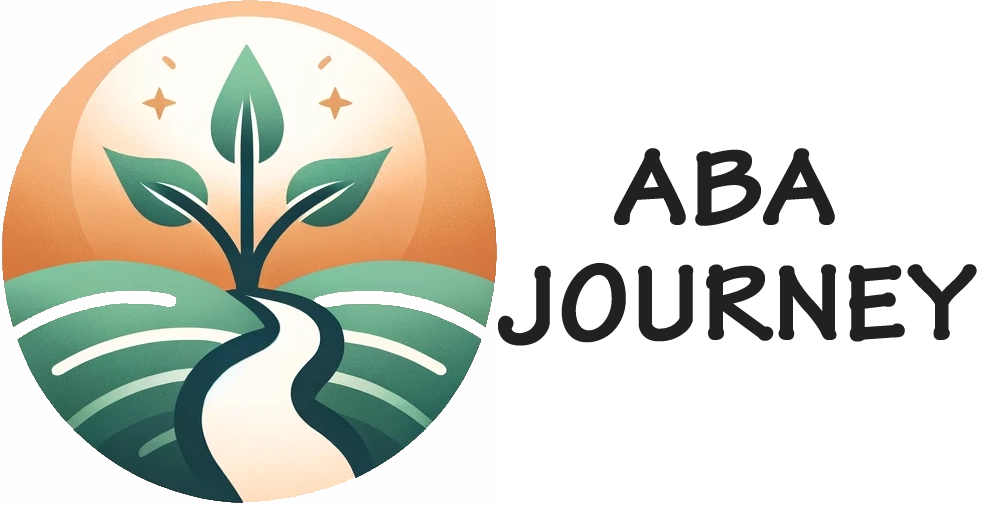For children with autism, mastering self-help skills like dressing, brushing teeth, and feeding can be a pathway to greater independence, confidence, and participation in daily life. These skills also help reduce caregiver stress and prepare children for success in school and community settings.
Applied Behavior Analysis (ABA) provides practical, evidence-based strategies to break down and teach these essential life skills in a structured and supportive way. This article will guide you through how to use ABA to teach self-help skills at home and foster independence over time.
What Are Self-Help Skills?
Self-help skills (also called adaptive or daily living skills) include tasks that children need to care for themselves and function in everyday life. These can be grouped into categories like:
Hygiene: Brushing teeth, washing hands, bathing, toileting
Dressing: Putting on/taking off clothes, zipping, buttoning, tying shoes
Feeding: Using utensils, opening containers, cleaning up
Household tasks: Putting toys away, setting the table, doing simple chores
These skills can be taught starting in early childhood and adapted to each child’s developmental level.
Why Focus on Self-Help Skills?
Developing these skills builds:
Independence: Less reliance on adults for basic needs
Confidence: Pride in accomplishing tasks independently
Routine participation: In school, home, and community activities
Preparation for adulthood: Including future jobs or living situations
Research shows that children with autism often experience delays in adaptive skills, but with the right support, they can make significant progress.
ABA Strategies for Teaching Self-Help Skills
- Task Analysis: Break It Down – Start by breaking each task into small, teachable steps. This is called task analysis. Example: Handwashing
- Turn on water
- Wet hands
- Get soap
- Rub hands together
- Rinse
- Turn off water
- Dry hands
You can create a checklist or visual aid to track progress. Use this Task Analysis Template – AFIRM to help you plan steps clearly.
- Prompting and Prompt Fading – Prompts help guide your child through the steps. Gradually fade prompts as your child becomes more independent. Learn more in this Prompting Brief (PDF). These can include:
Verbal prompts (“Get your toothbrush.”)
Gestural prompts (Pointing to the soap)
Physical prompts (Hand-over-hand support)
Visual prompts (Icons or pictures)
- Use Visual Supports – Visuals can provide structure and reduce the need for constant verbal instructions. Explore the Visual Supports Tool Kit (PDF) for templates and ideas. Try:
- “Brush teeth first, then story? Or story first, then brush teeth?”
- Use Reinforcement – Positive reinforcement encourages your child to complete tasks. Reinforce effort as well as success. Learn more from the Reinforcement Brief Packet – ERIC (PDF). Reinforcers may include:
Praise (“Great job washing your hands!”)
Stickers or tokens
Access to a preferred activity
- Start Small and Build Gradually – Begin with just one or two steps of a routine. Once mastered, add more. This helps your child feel successful and reduces overwhelm. For example:
Start with just turning on the water and using soap
Then introduce rinsing and drying
Start Your Child’s ABA Therapy Journey Today
Our compassionate, collaborative ABA therapy empowers children and families to thrive. Together, we nurture connections, fuel progress, and embrace a brighter future through evidence-based care.
Tips for Parents
Be patient: Progress may be slow, especially at first.
Practice during natural routines: Embed teaching in real moments, like bedtime or snack time.
Model the skill: Show how it’s done before expecting them to try.
Use consistent language: Keep directions short and clear.
Celebrate effort: Even small steps are progress worth reinforcing.
Common Challenges and How to Address Them
- Refusal or resistance?
Offer a choice (“Do you want to brush teeth before or after pajamas?”)
Use a timer or countdown
- Skill is too hard?
Use hand-over-hand or modeling support
Back up to an earlier, easier step
- Too distracted?
Reduce distractions (e.g., no TV)
Use visual cues or timers to stay focused
Real-Life Self-Help Goals to Start With
Dressing independently before school
Brushing teeth every morning and night
Making a simple snack (e.g., spreading peanut butter)
Cleaning up toys after playtime
Using the toilet with minimal prompts
Choose goals that are meaningful to your family and your child’s development.
Final Thoughts
Teaching self-help skills takes time, but it’s one of the most impactful ways to support your child’s independence. ABA strategies like task analysis, prompting, reinforcement, and visual supports can help break skills down into achievable steps.
Start small, celebrate progress, and stay consistent. With practice and support, your child can develop the tools to participate more fully in everyday life.

